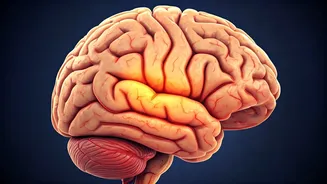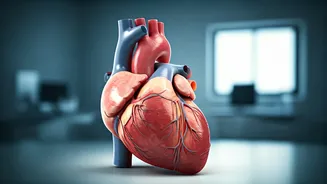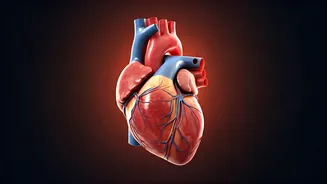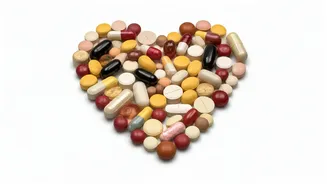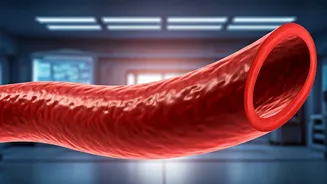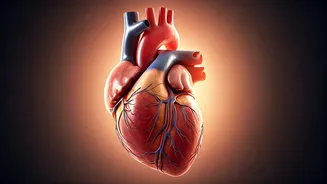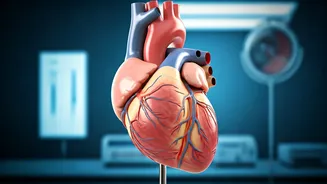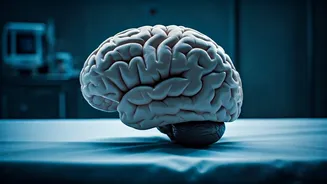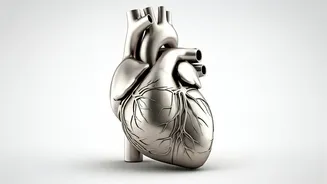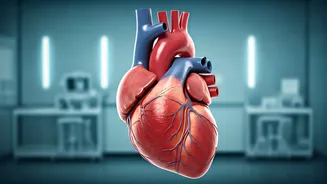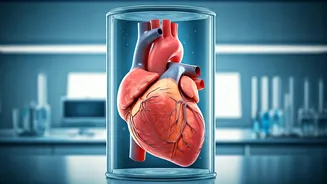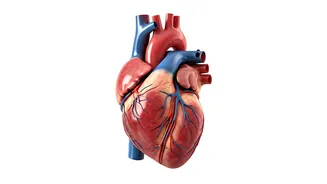Stroke's Rising Tide
The conventional belief that strokes primarily affect older individuals is rapidly changing. It is becoming increasingly evident that young adults, in their
30s and 40s, are also at significant risk. This shift can be attributed to evolving lifestyle choices and the emergence of non-traditional risk factors. These factors, which include stress, sleep disorders, and exposure to environmental pollutants, are now recognized as important contributors to stroke occurrence in a younger demographic. The notion that young people are somehow immune to strokes can lead to diagnostic delays, with potentially worse health outcomes. Recognizing that stroke is not exclusive to any age group is critical for early detection and timely intervention. This awareness should be embraced by everyone, regardless of age, to protect the well-being of the population.
Why Younger People?
The causes of stroke in young adults are multifaceted, encompassing both conventional and evolving factors. Traditional risk factors, once considered the primary culprits in older populations, are also prevalent among younger individuals. These include diabetes, hypertension, elevated cholesterol levels, obesity, smoking habits, excessive alcohol consumption, and lack of physical exercise. Non-traditional causes, such as chronic stress, sleep disorders like sleep apnea, migraine headaches, substance abuse, depression, and exposure to environmental pollution, are increasingly being recognized as significant contributors. The combination of these factors creates a higher risk profile for strokes, even in seemingly healthy young adults. Understanding and addressing these causes are essential for preventing stroke and improving public health.
BEFAST: Act Fast
Early detection is paramount when dealing with strokes, and recognizing the warning signs is the initial step toward prompt medical intervention. The symptoms experienced by young adults can be subtle, or misinterpreted as fatigue, stress, or even a migraine. To aid in memory and rapid assessment, the BEFAST acronym can be used. B stands for balance: sudden loss of balance, dizziness, or clumsiness. E is for eyes: sudden vision problems like blurred or double vision. F represents face: facial drooping or asymmetry. A denotes arm or leg weakness: sudden weakness or numbness in an arm or leg. S indicates speech difficulties: trouble speaking, slurred speech, or difficulty understanding what is being said. T stands for time: recognizing the time of onset and getting immediate help. Utilizing this mnemonic makes it easier to spot the signs and take urgent steps.
Don't Ignore It
The importance of seeking medical assistance immediately cannot be stressed enough, particularly when experiencing any of the stroke symptoms. Even mild or temporary symptoms must be taken seriously, as they can be indicators of a developing stroke. Ignoring these warning signs can result in severe complications, ranging from permanent disabilities to life-threatening situations. The 'Golden Hour' concept underlines that immediate intervention within a specific timeframe can significantly improve a patient's chances of recovery and reduce the degree of long-term impairment. Prompt treatment can also greatly reduce the risk of more severe consequences. For young adults, recognizing that stroke can strike at any age and acting fast using the BEFAST acronym is crucial for a better outcome.
